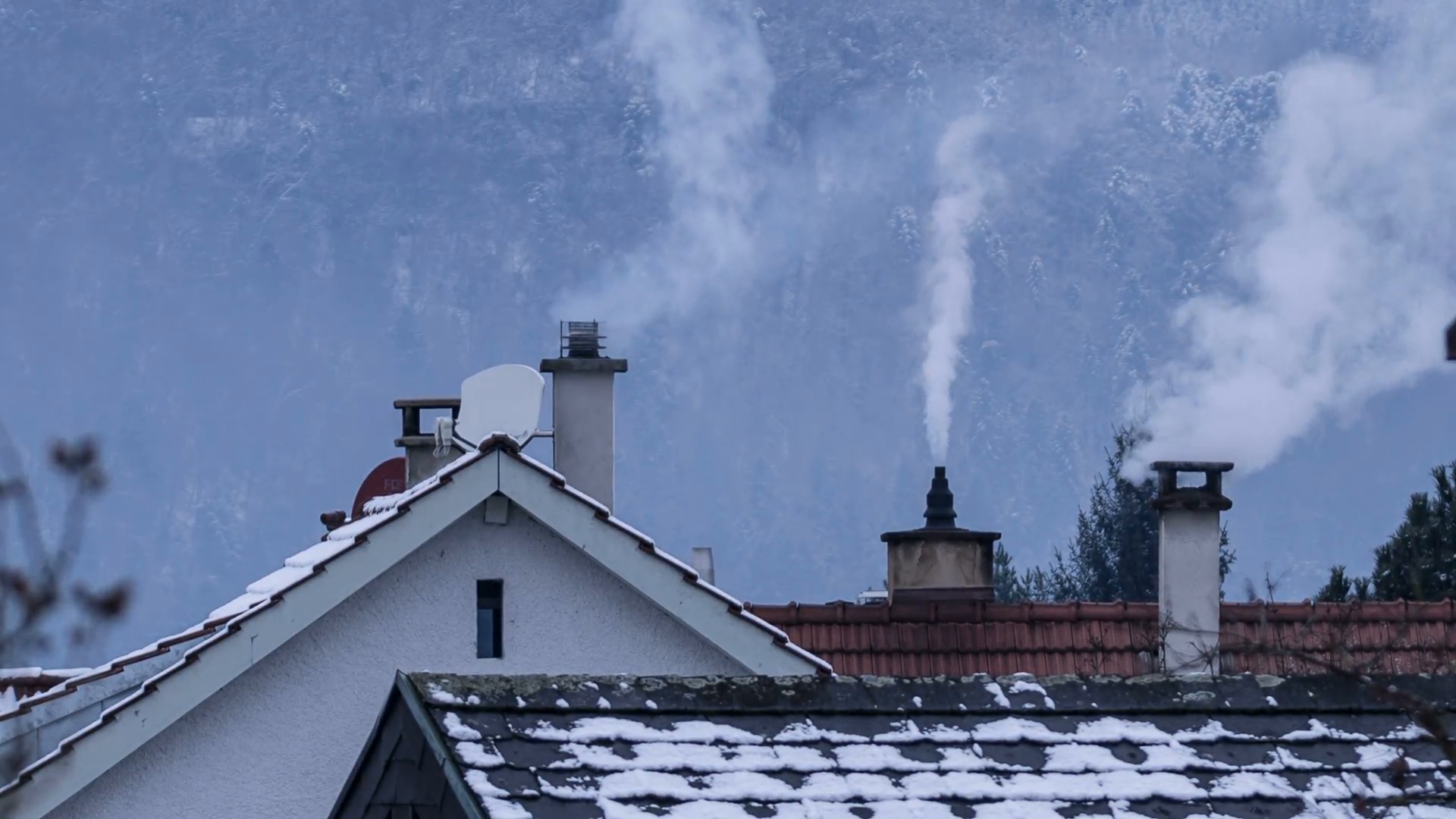
Homes standards for rental properties
Posted on 29 Jul 2019
The healthy homes standards
| Heating | The main living area must have a fixed heating device that can heat the room to at least 18 C. |
| Insulation | Ceiling and underfloor insulation must either meet the 2008 Building Code (see more about this below), or (for existing ceiling insulation) have a minimum thickness of 120mm and be in reasonable condition. |
| Ventilation | Ventilation must include openable windows in the living room, dining room, kitchen and bedrooms. Rooms with a bath or shower or indoor cooktop must have an appropriately sized extractor fan. |
| Drainage | Rental properties must have efficient drainage, guttering, downpipes and drains. |
| Moisture | If a rental property has an enclosed subfloor space, a ground moisture barrier must be installed where possible. |
| Draughts | Any gaps or holes in walls, ceilings, windows, floors and doors that cause noticeable draughts must be blocked. This includes all unused chimneys and fireplaces. |
Meeting the 2008 Building Code
Insulation requirements under the 2008 Building Code are measured by R-value. 'R' stands for resistance - how well insulation resists heat flow. The higher the R-value, the better the insulation. You can check the R-value of new insulation by checking the product packaging. For existing insulation, you may need a professional insulation installer to tell you if it meets the regulations. If you're looking for an installer, the Insulation Association of New Zealand and the Energy Efficiency Conservation Authority can help. Minimum R-values vary across New Zealand's three climate zones.
Minimum R-values vary across New Zealand's three climate zones.
- Zone 1 - ceiling R 2.9, underfloor R 1.3
- Zone 2 - ceiling R 2.9, underfloor R 1.3
- Zone 3 - ceiling R 3.3, underfloor R 1.3
Many rental homes in New Zealand are well below the World Health Organization's recommended minimum indoor temperature of 18 C.


